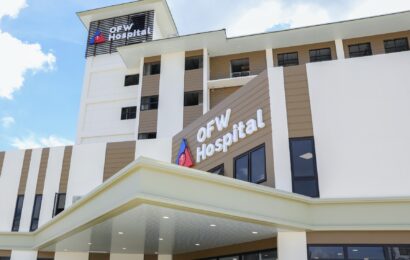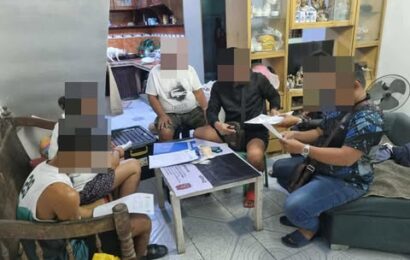The Maintenance Section of the Department of Public Works and Highways (DPWH) – Bulacan 1st District Engineering Office (DEO) conducted a one-day seminar covering amendments to Department Order No. 47, s. 2024, which outlines guidelines for maintaining national roads and bridges, as well as providing a refresher course on disaster preparedness.

Held at the district office’s multipurpose hall, the seminar aimed to reorient engineers, assigned foremen/capataz, and other maintenance staff on updated guidelines for maintaining national roads and bridges and to clarify their roles in emergency situations.
In his opening remarks, Engr. Jaime Hernandez, OIC-Chief of the Maintenance Section, welcomed the participants and highlighted the seminar’s significance in enhancing their skills for maintaining national roads and bridges and effectively managing emergencies.
To kick off the seminar, the morning session featured a series of important presentations. Engr. Niña Grace Manahan began with an overview of the amendments to Department Order No. 47, s. 2024, clarifying the updated guidelines for maintaining national roads and bridges.
Mr. Ricardo Valentine, Construction/Maintenance Foreman, then detailed the preparation of regular monthly reports, including TAD 1.1, 2.1, and 2.3, while Engr. John Martin Mariano followed with a comprehensive explanation of the Road Rating System, emphasizing the Point System for Inspection, adjectival ratings, and administrative sanctions.
Engr. Isiah Lor Galang concluded the morning session by outlining the responsibilities of assigned MPPs, roadside workers, and foremen.
As the seminar transitioned to the afternoon session, the focus shifted to disaster preparedness, with Engr. Claudine Magdalene Magsakay providing a refresher on the Disaster Situational Report application and emphasizing its role in improving the reporting process and completing essential documentation before, during, and after typhoons or calamities.
Following her presentation, Engr. Galang revisited the topic, explaining how to calculate damage costs for both partially and totally damaged infrastructures, the timeline for submission, and the conditions for filing a Damaged Infrastructure Report.
OIC-Chief Hernandez, who opened the program, also concluded the seminar by encouraging attendees to continue working together for the benefit of the community and to maintain a strong sense of teamwork within the Maintenance Section.





